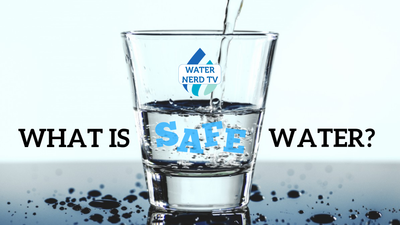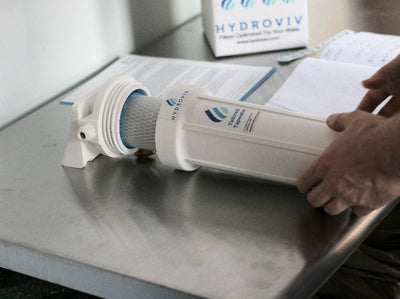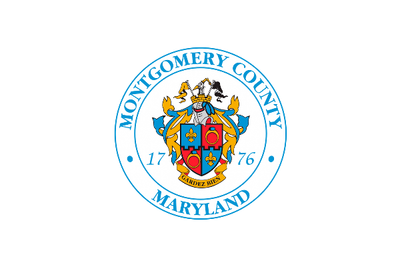Editor's Note: This article was updated on 1/23/2018 to include the most recent lead test data.
Eric Roy, Ph.D. | Scientific Founder
With lead contamination in the national spotlight, we get asked a lot of questions about water quality in major US cities. Because Hydroviv optimizes filters for each city's water,we spend a lot of time looking at water quality data and regulatory disclosures, not media commentary. This article gives a quick look at the lead problem in Pittsburgh’s water, and also provides some practical advice for Pittsburgh residents so they can minimize their exposure to lead from tap water.
How Lead Enters Pittsburgh’s Tap Water
The lead crisis in Flint has brought nationwide attention to the fact that corrosive water can leach lead from lead-containing pipes, soldered joints, and plumbing fixtures. This means that if lead pipes are present in a city’s old infrastructure, the home’s plumbing predates 1986, or the fixtures predate 1998, there is an opportunity for lead contamination. Pittsburgh is an historic city with old infrastructure, so residents rely on municipal corrosion control measures to prevent contamination. Unfortunately for the residents of Pittsburgh, municipal corrosion control measures have not been able to keep lead from leaching from an aging infrastructure.
Lead In Pittsburgh’s Water Has Been Rising Since 2001 And Now Exceed The EPA Action Level
The concentration of lead from samples collected for regulatory purposes in Pittsburgh’s have been steadily climbing from 2001 to 2013. Despite nearly exceeding the EPA Action Level in 2013, and the clear decade-long upward trend, Pittsburgh did not report lead data again until 2016. Unexpectedly, lead concentrations jumped another 30% during this 3 year period of non-testing, and lead concentrations in Pittsburgh now exceed the EPA Action Level, with more than 17% of the samples collected as part of the regulatory testing coming in over the 15 part per billion (ppb) regulatory threshold. It's also important to point out that there is a difference between the regulatory limit and human toxicity, because US EPA acknowledges that the lead concentration where "there is no known or expected risk to health” is 0 ppb, not 15 ppb.
Update 1/23/2018: The most recent round of test data shows that lead levels continue to rise in Pittsburgh, and the 90th percentile concentration is now 21 ppb. Furthermore, more samples are coming in at much higher concentrations.
How Pittsburgh Residents Can Minimize Lead Exposure From Tap Water
If residents choose not to filter their water for lead, we highly recommend that they request a free lead test kit and take the following measures to reduce their risk.
- Allow water to run for at least 2 minutes before using it for drinking, cooking, and preparing infant formula:
- Never use water from the hot water tap for drinking, cooking, and preparing infant formula:
- Only operate the faucet at moderate flow when collecting water for drinking, cooking, and preparing infant formula. This practice reduces the likelihood that lead-containing particles are swept into the water as it flows through the pipes.
- Regularly remove and clean out their faucet aerator, which removes lead-containing particles that may have become trapped in the mesh screen.
As always, we encourage everyone to take advantage of Hydroviv's "Help No Matter What" technical support policy, where we answer questions related to drinking water and water filtration, even if you have no desire to purchase our products. Drop us a line at support@hydroviv.com.
Sources Used In This Article
Source Water Assessment For Allegheny River
2016 PWSA Lead Results Disclosure
2015 Consumer Confidence Report
US EPA Table Of Regulated Drinking Water Contaminants And Definitions
Other Great Articles We Think You'll Enjoy
Is Fluoride In Tap Water Bad For You?Best Way To Use A TDS Meter
What Are Disinfection Byproducts, And Why Should I Care?







